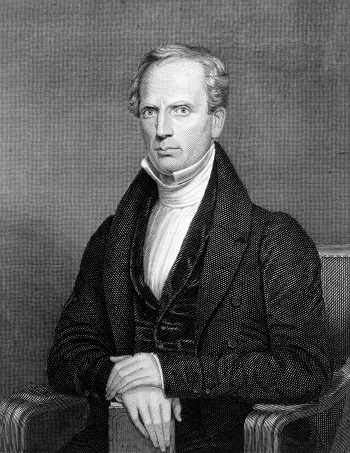1825 Western, New York Revival (5 revivals)
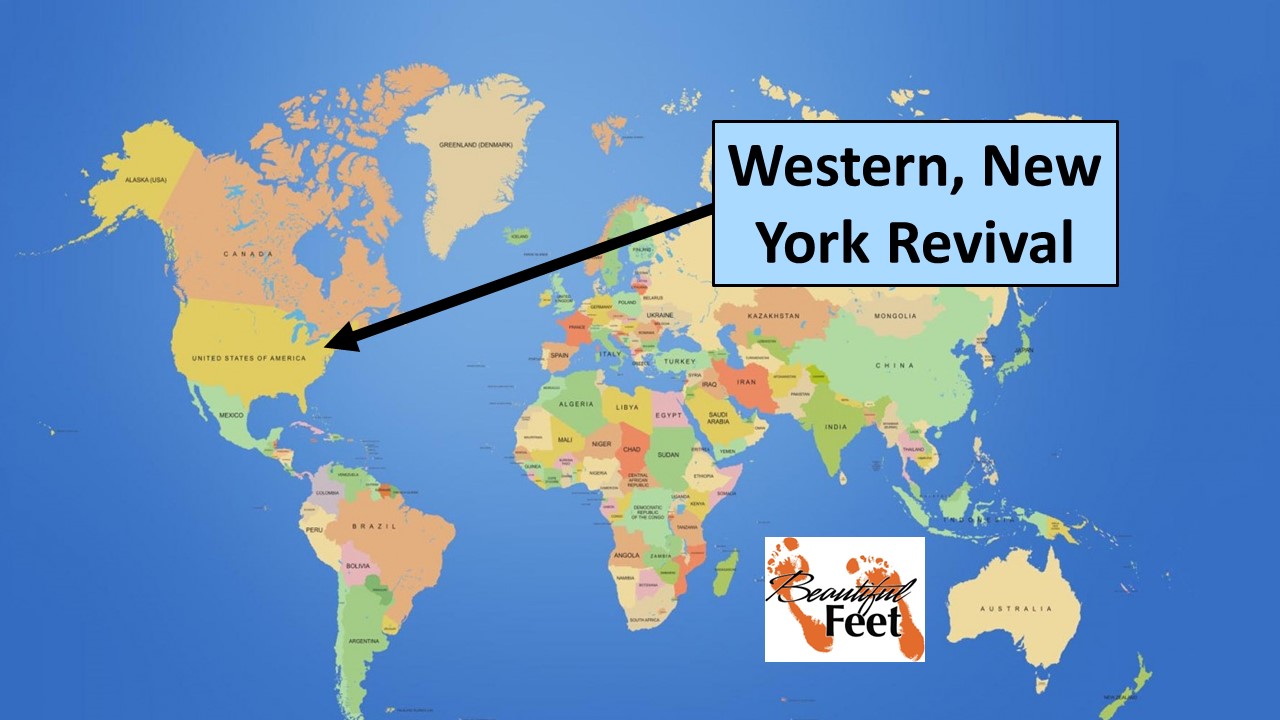
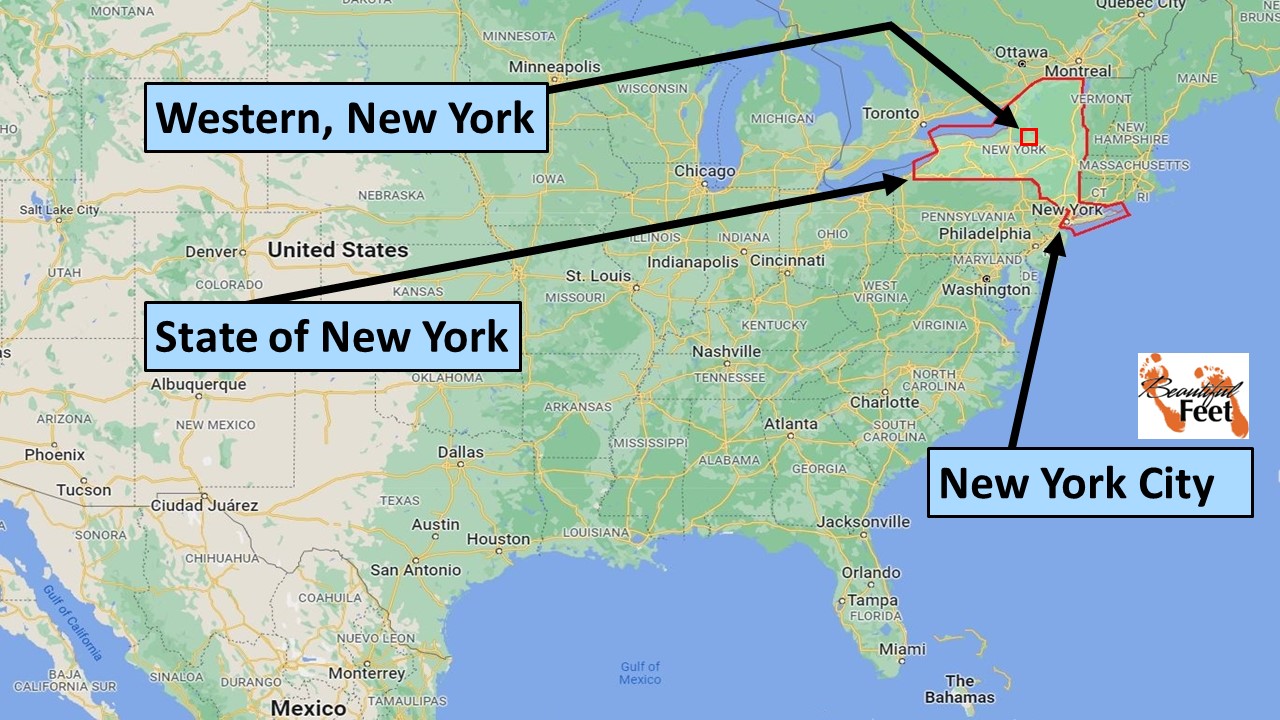
Preliminary Reading
To help with the historical context, we recommend reading about the revivals that had been previously occurring in other New England states. Those revivals can be read with these accounts:
► 1790-1840 Second Great Awakening
► 150 New England Revivals (1797 – 1814)
► 1815-1840 Upstate New York Revivals
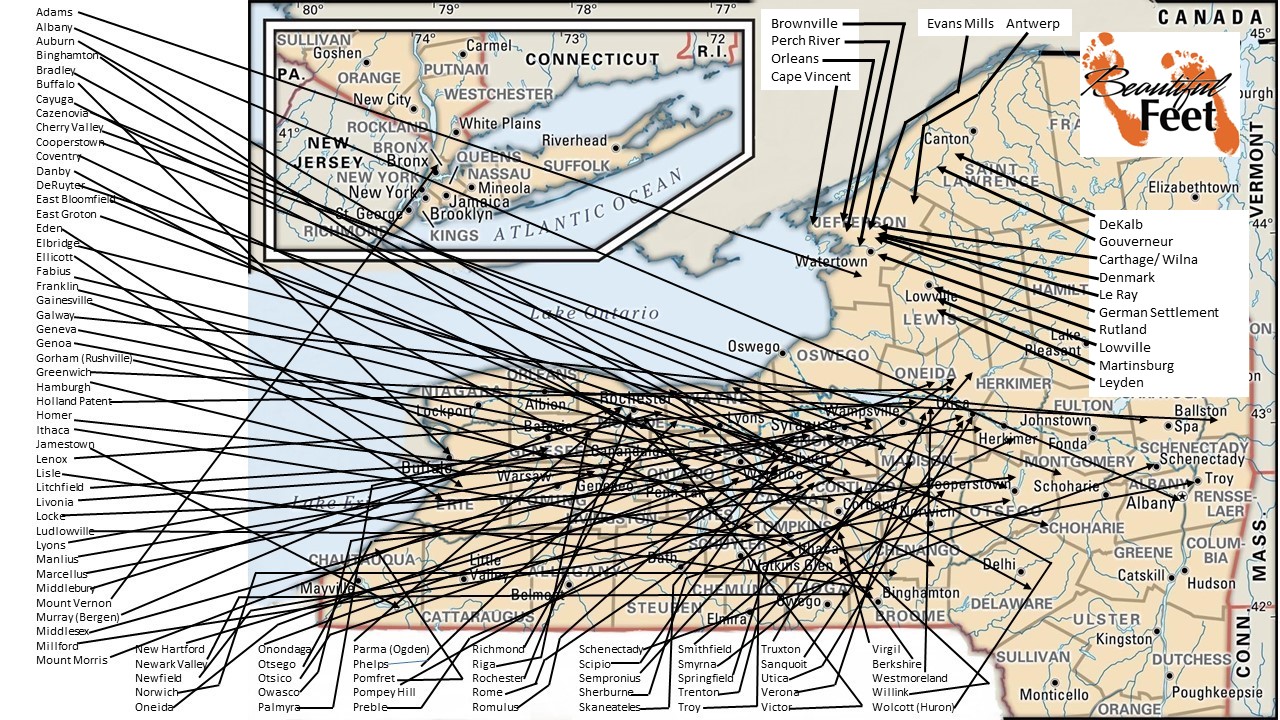
State of New York: The black lines indicate locations where
the revival spread over the next decade.
The area became known as the “Burned-Over District.”
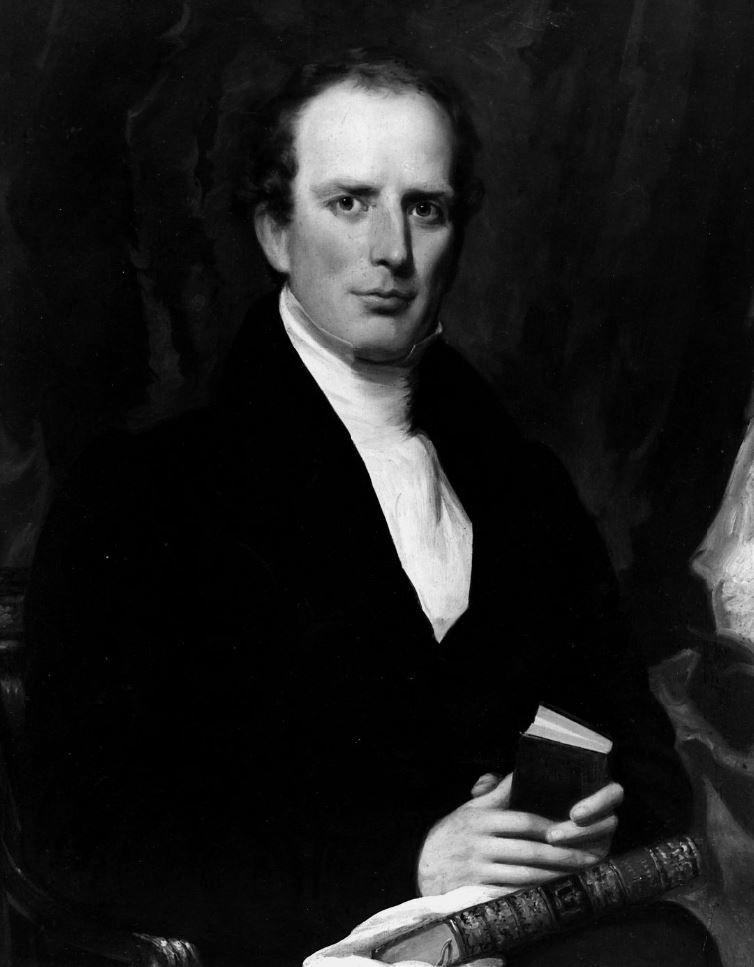
Charles Grandison Finney – Father of modern revivalism and the leading figure of the Second Great Awakening
Introduction
Charles G. Finney (1792-1875) was raised in Oneida County, New York, which at that time was still considered a wilderness. There were no Sunday Schools or opportunities for religious education, leaving the people with no religious convictions. The few ministers that passed through were described as uneducated, and laughably so.
Finney’s conversion in 1821, at 29 years of age, was extremely dramatic, and was accompanied by a powerful baptism of the Holy Spirit. You can read about it here. Immediately following his conversion, he abandoned his promising career as a lawyer and by 1824 was ordained as a Presbyterian minister. By 1827 he had “risen to national prominence as the most effective evangelist in the West.”
Finney’s unique methods of evangelism earned him the title of being the “father of modern revivalism.” His methods paved the way for other mass-evangelists, like Dwight L. Moody, R. A. Torrey, John W. Chapman, Billy Sunday, and Billy Graham, who adapted and built upon Finney’s methods.
The Condition of Western, New York
As with other revivals Charles Finney was involved with in Oneida County, New York, so they began in the town of Western, and according to the Baptist journal, The Western Recorder, on December 13, 1825, the town was in much need of a revival:
This town has, till lately been a perfect moral desert. Its inhabitants had been a prey to sectarian dissensions and to almost every species of error and heresy. Universalism had flourished there, and a regular clergyman of any denomination, we believe, has never been settled among them.
The Presbyterian church building in the town was large, but in need of repair. The congregation was small, and they had no permanent pastor.
Condition of Other Churches throughout Oneida County
According to the reports of ministers, all the churches were in a slump.
► The moral conditions of the towns were dark.
► People pursued their pleasure or business.
► Sunday school, prayer meetings, and regular church attendance were neglected.
► Church services were formal and cold.
► Prayers were said to be faithless.
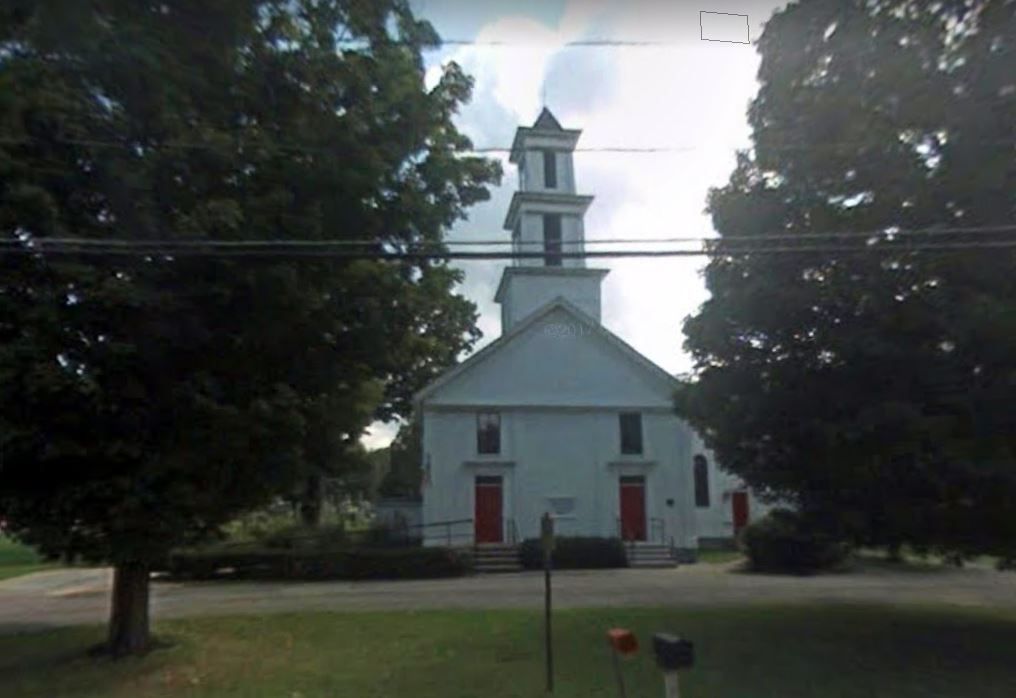
Prayer Meeting at Western
Charles Finney concluded his ministry in De Kalb, New York, in August 1825, and was returning from a denominational meeting in the town of Utica. During his journey he was to visit the Western, New York, home of George W. Gale, his first theology teacher. While in Western, Gale invited Finney to attend a prayer meeting with him.
As they were getting ready to close the prayer meeting, one of the elders invited Finney to share a few words. Finney had some comments on true prayer for revival, and following that, this is what he said occurred:
Every man and woman present went down upon their knees. There were probably not more than a dozen present; but they were leading influences in the church. They all wept, and confessed, and broke their hearts before God. This scene continued, I presume, for an hour; and a more thorough breaking down and confession I have seldom ever witnessed.
Finney was asked to preach the next Sunday, and on that day the church was full. Finney preached all day, and according to him,
God came down with great power upon the people. It was manifest to everybody that the work of grace had begun.
Spirit of Prayer Carried the Revival Forward
The compulsion to pray was heavy on Finney, as it was upon many of the female members of the church. Some men feared their wives might die because they were so consumed with praying, as it drove them to remain on their knees day and night.
Finney was visiting in the home of a man whose wife was one of the intense spiritual intercessors. During the two men’s conversation, the woman, who was in the bedroom praying, heard Finney’s voice and she came out to greet him. When she entered the room where the two men were speaking, this was Finney’s description of what he saw:
Upon her face was a most unearthly, heavenly glow. Her countenance was lighted up with a hope and a joy that were plainly from heaven.
The woman said to Finney:
Brother Finney, the Lord has come! This work will spread over all this region! A cloud of mercy overhangs us all; and we shall see such a work of grace as we have never yet seen.
That woman’s prophetic utterance came to pass, for it was not long until revival fires were springing up in towns throughout Oneida County, New York.
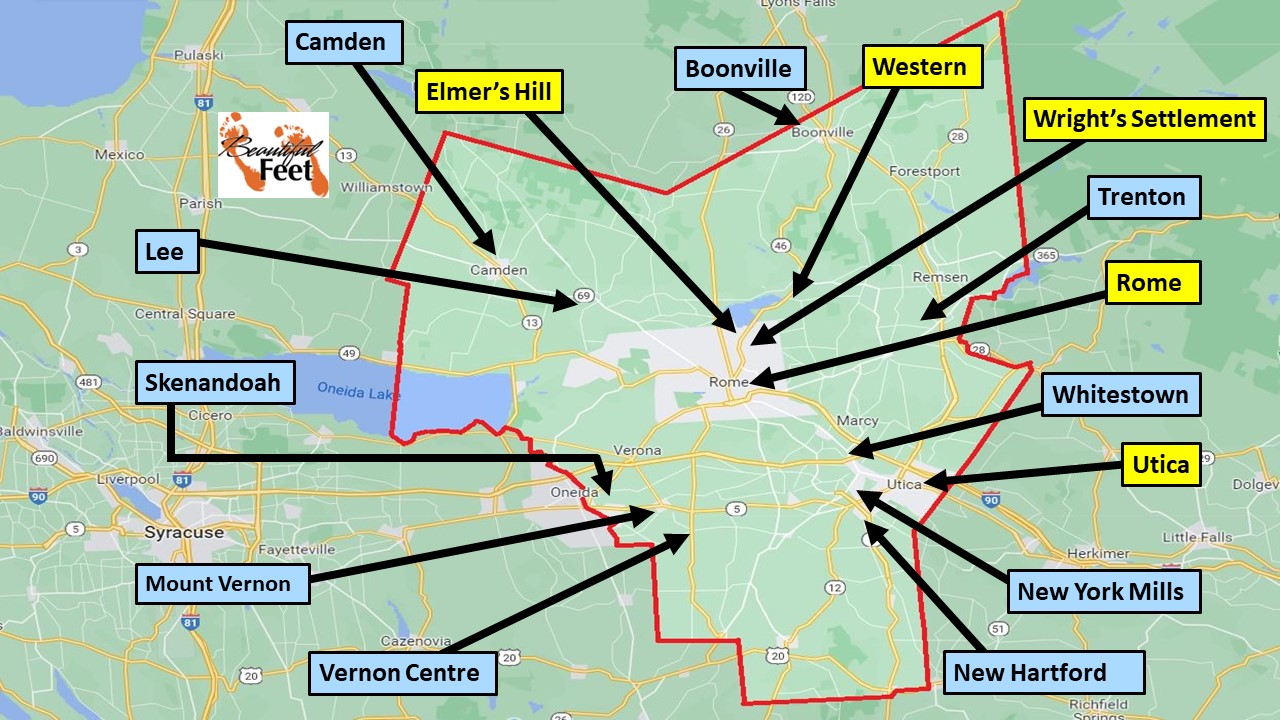
Oneida County, New York: The yellow shaded locations are those mentioned in this account. The blue ones are locations where the revival spread during the coming year. Those revivals can be read about with this link.
Elmer’s Hill Meetings
Half-way between the towns of Western and Rome, New York, was a small village called Elmer’s Hill. Every week Finney would preach at the schoolhouse there, and people from Rome, as well as those from Wright’s settlement, would come in large number to attend the meetings. This let Finney know that the revival’s influence was spreading.
Before long the revival even began spreading to the southeastern town of Utica. The Western Recorder gave this report of the revival on December 13, 1825:
The excitement under the labours of Rev. Mr. Finney, has become great and extensive; and a general aspect of seriousness pervades the whole town… The work is also extending to the north part of Rome, as far as Wright’s Settlement…
Persecution against the Revival
Persecution came in several forms.
► Physical assaults against church members
► Threats against the ministers
► Burning in effigy of Charles G. Finney and Daniel Nash
► Throwing of rocks at the church building while meetings were being conducted
► Shooting of firearms while meetings were being conducted
► Carrying banners denouncing the revival and the leading proponents
Opposition from Ministers
One of the criticisms Finney received from other ministers was the simplicity of his sermons, as he would frequently use illustrations from daily life: farming, mechanics, and any occupation. He would also use language that common people would understand—without them having to use a dictionary to understand his vocabulary—something quite different from other ministers. This led these ministers to accuse Finney of letting “down the dignity of the pulpit.”
The ministers said Finney would never be able to convert the more educated people in the community by preaching like that, but they were wrong, as judges, lawyers, physicians, and others of the educated class were converted through his ministry.
Another major criticism was permitting women to play an active role in ministry, as Finney encouraged them to:
► Pray and exhort during church services.
► Evangelize and conduct prayer meetings outside church services.
Opposing ministers called the utilization of women during church services “promiscuous assemblies.”
At the time Finney ignored the opposition, because
Those of us who were engaged in them [the revivals] had our hands too full, and our hearts too full, to turn aside to reply to letters, or reports, or publications that so manifestly misrepresented the character of the work.
Methods Finney Used in the Promotion of the Revival
► Daily preaching, over a period of days or weeks—using churches, homes, barns, schoolhouses, and the open air
► Private and corporate prayer meetings
► Teaching conferences
► A lot of personal conversation by making visits to homes
► Meetings for those inquiring about the condition of their souls
► Encouraging the immediate reception of new converts as members in churches
► Allowing women to pray and exhort during church services
► Utilizing women’s prayer groups to capitalize on existing social networks for evangelism
► During his sermons those who felt the conviction of sin and their need of a Savior were invited to come to the front to sit in the pew reserved for them. This pew was called the “anxious seat.” Others have termed this the “mourners’ bench.”
► Praying for people publicly by name
► Distributing leaflets for advertisement
Finney Revival Account List
Access all accounts of Finney’s revivals using this link.
Primary Sources
► 1826 Revival in Oneida County, New York by Beautiful Feet
► Chapter XII Revival at Western: The Memoirs of Charles G. Finney by Charles G. Finney
► Lectures on Revivals of Religion: Lecture XIV by Charles Finney
► The Memoirs of Charles G. Finney: The Complete Restored Text by Charles G. Finney
► A Narrative of the Revival of Religion in the County of Oneida by Presbyterian Church in the USA
Secondary Sources
► Charles G. Finney by Wikipedia
► Charles Grandison Finney & the Second Phase of the Second Great Awakening by Christian History Institute
► Eerdman’s Handbook to Christianity in America by Mark A. Noll
► Fire From Heaven by Robert Evans
► Great Revivals and the Great Republic by Warren Candler
► Man of Like Passions: The Life Story of Charles Grandison Finney by Richard E. Day
► Memoirs of Revivals of Religion by Charles G. Finney
► Memoir of the Life and Character of Rev. Asahel Nettleton by Bennet Tyler
► New England Revivals by Bennet Tyler
Return to List of Revival Stories
Chet & Phyllis Swearingen:
Office: (260) 920-8248
romans1015@outlook.com
Beautiful Feet
P.O. Box 915
Auburn, IN 46706

